Navigating the complex world of China cosmetic regulations can be a daunting task, but it’s essential for anyone looking to tap into this lucrative market. With the right information and guidance, you can successfully navigate these regulations and ensure your products are compliant. In this comprehensive guide, we will provide you with the knowledge and tools you need to understand China cosmetic regulations, product classification, ingredient safety assessments, and more. Let’s embark on this journey together and unlock the potential of the Chinese cosmetic market.
Key Takeaways
- Comprehensive guide to China’s cosmetic regulations in 2023, including registration and filing procedures for special use cosmetics and non-special use cosmetics.
- Requirements for making efficacy claims, human safety tests, labeling regulations & children’s cosmetics.
- Animal testing & adverse reaction monitoring also covered with pre/post market requirements.
Understanding China’s Cosmetic Regulations
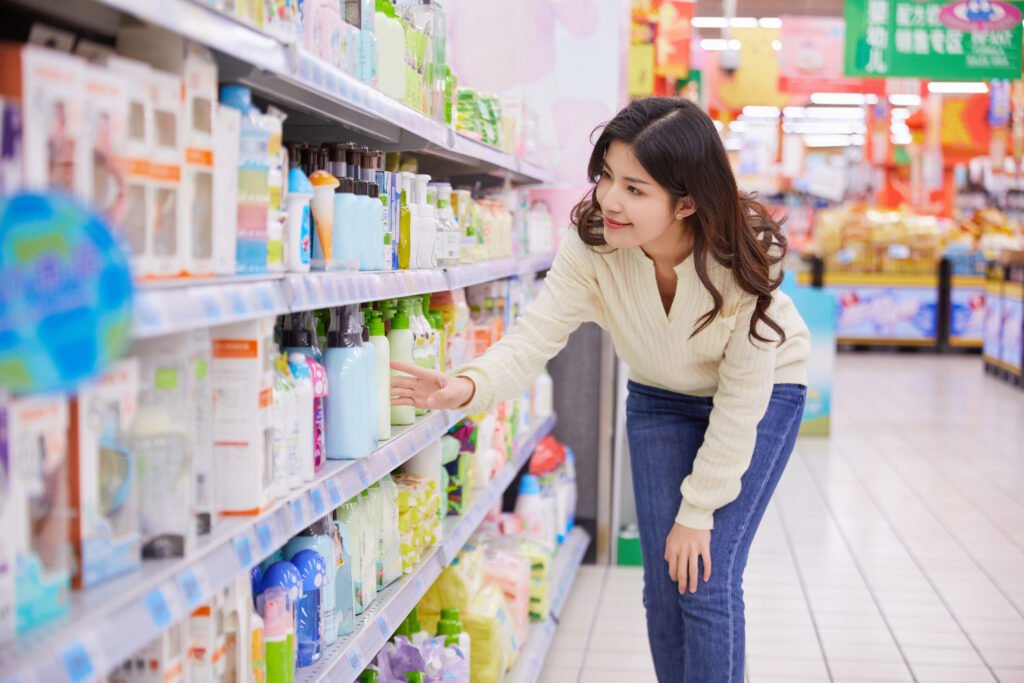
China’s cosmetic industry is booming, with increasingly sophisticated and discerning consumers driving demand for high-quality products. To ensure the safety and efficacy of these products, China has put in place a comprehensive regulatory framework overseen by the National Medical Products Administration (NMPA), the State Administration for Market Regulation (SAMR), and the General Administration of Customs (GAC).
These regulatory bodies work together to safeguard consumer health and regulate product quality, from ingredient safety to labeling requirements and market supervision. Compliance with these regulations is a prerequisite for cosmetic companies aiming to make their mark in the Chinese market.
National Medical Products Administration (NMPA)
The NMPA plays a pivotal role in the regulation of China’s cosmetic industry. Its responsibilities include:
- Overseeing the registration of imported and domestic special-use cosmetics
- Notification of imported general cosmetics
- Registration and notification of new cosmetic ingredients
As the gatekeeper for cosmetic products entering the market, the NMPA ensures that all products meet the required safety and efficacy criteria.
They also regulate cosmetic labeling, standardizing their usage to protect consumers’ rights. With a focus on pre-market registration and evaluation of cosmetic efficacy claims, the NMPA helps maintain the high standards expected by Chinese consumers.
State Administration for Market Regulation (SAMR)
The SAMR, another key player in China’s cosmetic regulatory landscape, is responsible for market management and quality and safety supervision. Their primary duties include reinforcing cosmetic registration and filing management, ensuring the safety and quality of cosmetic products in China, and safeguarding consumers’ health rights.
The SAMR upholds the Chinese cosmetic industry’s reputation and builds consumer trust by vigilantly monitoring the market and enforcing strict regulations.
General Administration of Customs (GAC)
In addition to the NMPA and SAMR, the GAC plays a crucial role in regulating the cosmetic industry by conducting inspection and quarantine of imported and exported cosmetics. This process helps ensure that only safe and compliant products make their way into China, protecting consumers from potentially harmful or substandard products.
The GAC, in collaboration with the NMPA and SAMR, contributes to a robust and well-regulated Chinese cosmetic market.
Cosmetic Product Classification
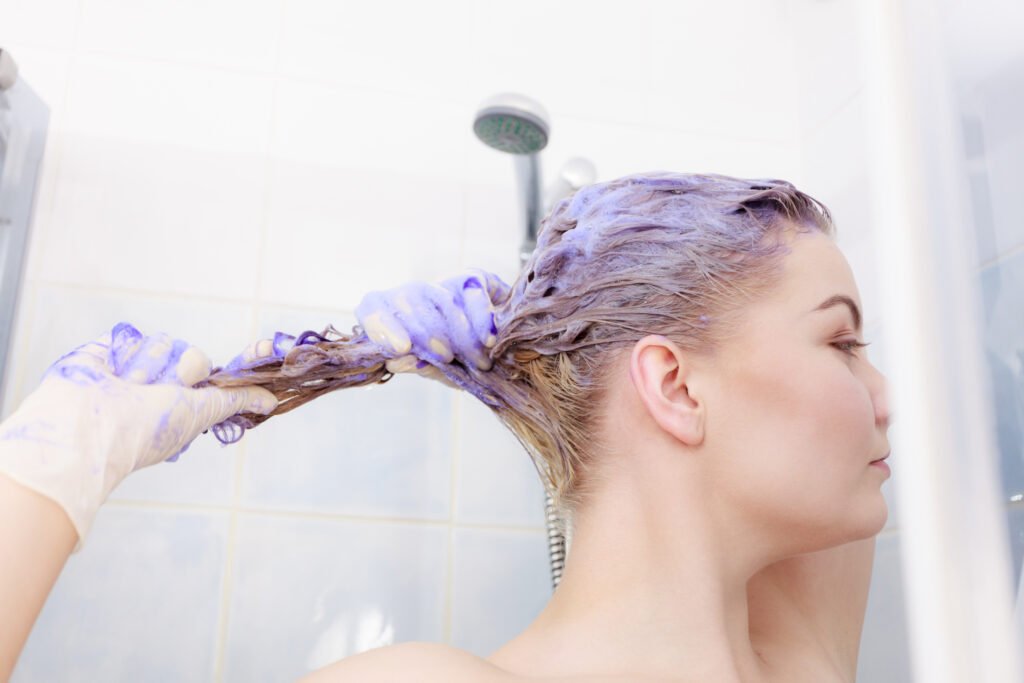
A key aspect of navigating China’s cosmetic regulations is understanding how products are classified. In China, cosmetics are divided into the following categories:
1.Special cosmetics
2.General cosmetics
3.Domestic cosmetics
4.Imported cosmetics
Each category follows specific regulations and requirements, underscoring the need for cosmetic companies to comprehend these distinctions for product compliance.
In the following sections, we will delve into the specifics of each classification and the regulations governing them.
Special Cosmetics vs. General Cosmetics
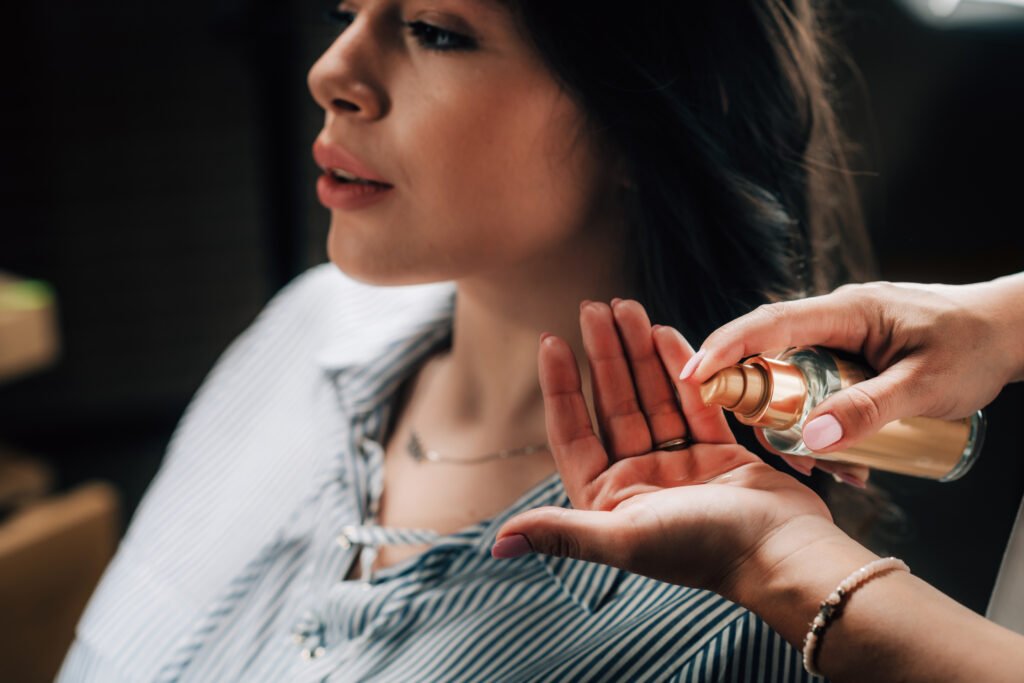
Special cosmetics, as defined by China’s Cosmetic Supervision and Administration Regulation (CSAR), include:
- Hair dyes
- Hair perming products
- Freckle-removing/whitening products
- Sunscreens
- Anti-hair loss products
These products require pre-market registration and approval from the NMPA before they can be sold in China.
General cosmetics, on the other hand, refer to products not classified as special cosmetics and require a simpler pre-market filing process. Comprehending this differentiation is vital for cosmetic companies to successfully steer through the regulatory landscape, especially when considering not cosmetics usage but the specific requirements for special cosmetics.
Domestic Cosmetics vs. Imported Cosmetics
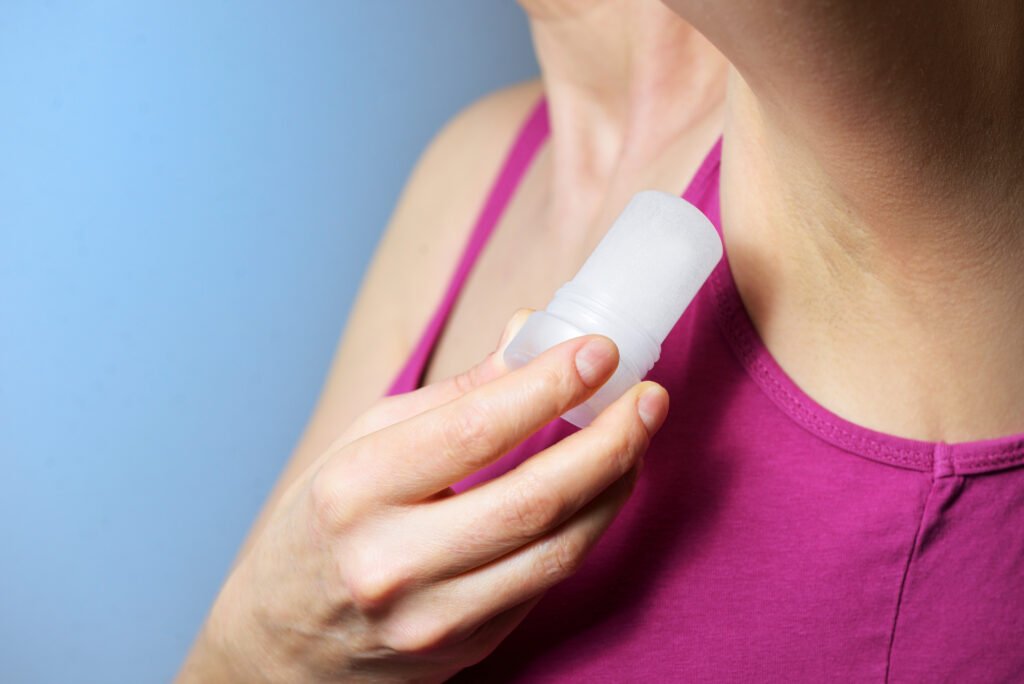
The regulatory requirements for domestic and imported cosmetics in China also differ. Domestic cosmetics are regulated under the CSAR, which divides cosmetics into special and general categories, each with distinct registration and filing processes.
Imported cosmetics, on the other hand, are managed with reference to the requirements of imported cosmetics. For imported cosmetics, a domestic responsible person, also known as a Chinese Responsible Person, must be appointed to manage the product registration or filing process.
It’s of utmost importance that cosmetic companies grasp these variances and verify that their products fulfill the requisite standards for both domestic and imported cosmetics.
Cosmetic Ingredients and Safety Assessment
In addition to product classification, cosmetic companies must also navigate the complex world of ingredient safety assessment and regulation in China. The NMPA maintains the Inventory of Existing Cosmetic Ingredients in China (IECIC), which contains a comprehensive list of approved ingredients for use in cosmetics.
However, new ingredients not listed in the IECIC must undergo a rigorous pre-market registration process, which includes providing evidence of safety and efficacy. In the following sections, we will explore the details of existing cosmetic ingredients, new cosmetic ingredient registration, and safety assessment requirements.
Existing Cosmetic Ingredients
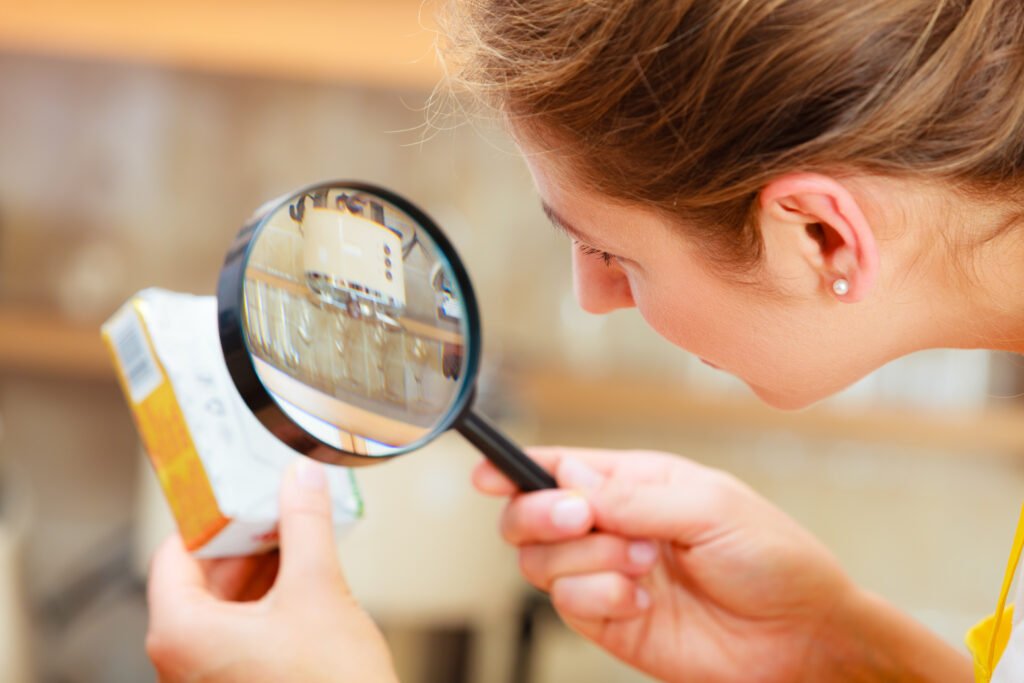
The IECIC provides a comprehensive list of ingredients currently approved for use in cosmetics in China. Cosmetic companies must ensure that their products only contain ingredients listed in the IECIC to comply with Chinese regulations. The list is periodically updated, with new ingredients added as they are approved through the pre-market registration process.
Cosmetic companies can guarantee their products meet the Chinese market’s safety and quality standards by complying with the IECIC.
New Cosmetic Ingredients Registration
For new cosmetic ingredients not listed in the IECIC, a rigorous and lengthy pre-market registration process is required. This process involves:
- Submitting an application to the NMPA
- Providing evidence of safety and efficacy
- Upon approval, receiving a “new cosmetic ingredient trial use certificate”
- Using the ingredient in products for a period of 4 years.
If no adverse effects are reported during this time, the ingredient will be added to the IECIC. Grasping and maneuvering through this process is vital for cosmetic companies aiming to launch innovative ingredients in the Chinese market.
Safety Assessment
Safety assessment procedures are a vital aspect of cosmetic regulation in China, ensuring that products meet the highest standards of safety and efficacy before entering the market. Both general and special cosmetics must undergo safety assessments, which include human safety tests and efficacy claim evaluations.
By following these assessment procedures, cosmetic companies can ascertain the safety of their products for consumers and their compliance with Chinese regulations.
Registration and Filing Procedures

Successfully registering and filing cosmetic products with the appropriate authorities is a crucial step in bringing products to market in China. The registration and filing procedures for special use cosmetics and non-special use cosmetics differ, making it essential for cosmetic companies to understand these processes and their requirements.
In the following sections, we will provide detailed explanations of the registration process for special use cosmetics and the filing process for non-special use cosmetics.
Registration Process for Special Use Cosmetics
Special use cosmetics, such as hair dyes and sunscreens, require pre-market registration with the NMPA prior to being sold in China. This process involves submitting a registration dossier containing detailed product information, safety assessment data, and supporting documents to the NMPA for review.
In addition, the product must undergo required testing in one of the NMPA authorized laboratories, which includes toxicological tests using animals and human safety tests. Successful registration hinges on accurate completion of all required documentation and testing, in line with NMPA guidelines.
Filing Process for Non-Special Use Cosmetics
Non-special use cosmetics, such as skincare and makeup products, require a less stringent pre-market filing process as opposed to registration. Foreign manufacturers must appoint a Chinese Responsible Person who holds a cosmetic business license and importation qualification to manage the non-SUC product filing procedures.
- The process for submitting a dossier for regulatory approval in China includes the following steps:
- The Responsible Person compiles and submits the dossier online, including testing reports and other necessary documentation.
- The NMPA or provincial MDA conducts an administrative review of the dossier.
- Within three months after filing, a technical review of the dossier is conducted.
A successful filing requires a thorough understanding of this process and timely, accurate submission of all necessary documentation.
Efficacy Claims and Evaluation
Efficacy claims play a significant role in marketing cosmetic products, as consumers rely on these claims to determine the benefits and effectiveness of a product. In China, cosmetic efficacy claims must adhere to the Supervision and Administration Regulations (CSAR) and have a sufficient scientific basis.
The following sections will explore the requirements for making efficacy claims, the evaluation process, and the human safety tests required for cosmetic products in China.
Efficacy Claims
In China, efficacy claims for cosmetic products must be supported by a solid scientific basis and comply with the Standards for Cosmetic Efficacy Claim Evaluation, which were implemented on May 1, 2021. This means that cosmetic companies must ensure their efficacy claims are backed by scientific evidence, such as research data or clinical trials, to adhere to the regulations.
Failure to provide such evidence may result in penalties, product recalls, or even criminal prosecution.
Efficacy Claim Evaluation
To evaluate the efficacy claims of cosmetic products in China, a sufficient scientific basis must be established, and efficacy evaluation must be conducted based on literature documents and research.
The Chinese regulations stipulate that 20 types of efficacy claims necessitate evaluation, including whitening, anti-wrinkle, and skin-moisturizing claims. By ensuring their efficacy claims meet the requirements set by Chinese regulations, cosmetic companies can guarantee the credibility of their products and foster consumer trust.
Human Safety Tests
Ensuring the safety of cosmetic products is a top priority in China, and human safety tests form a crucial part of the safety assessment procedures. These tests include:
- Acute toxicity tests
- Animal skin and mucous tests
- Mutagenic tests
- Short-term biological screening tests
By conducting thorough human safety tests, cosmetic companies can confirm the safety and efficacy of their products, helping to build consumer trust and ensure regulatory compliance in the Chinese market.
Cosmetic Labeling and Children’s Cosmetics
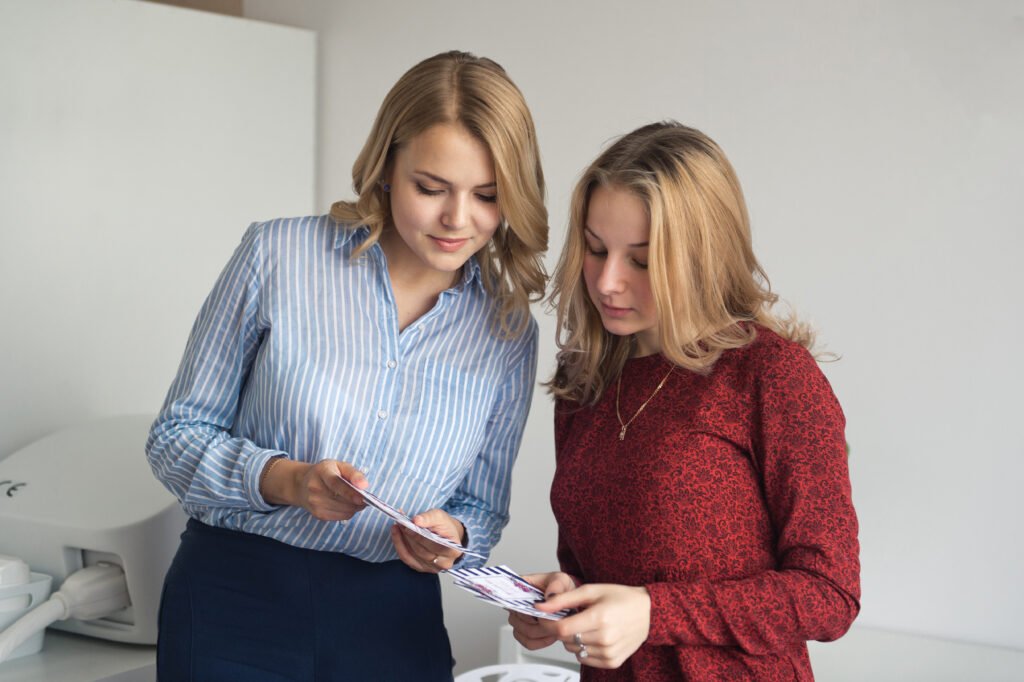
Proper labeling and packaging of cosmetic products are essential for ensuring consumer safety and regulatory compliance in China. In addition, children’s cosmetics warrant special attention due to their unique safety requirements.
In the following sections, we will provide an overview of the regulations governing cosmetic labeling and children’s cosmetics in China, as well as the specific requirements for each.
Cosmetic Labeling Regulations
Cosmetic products entering China must display labels in standard simplified Chinese characters, with additional languages allowed for trade names, websites, names, and addresses. Special cosmetics require registration with the NMPA, while general cosmetics require a filing process.
To ensure regulatory compliance and consumer safety, it’s imperative that cosmetic labels meet these requirements.
Children’s Cosmetics
Children’s cosmetics in China are subject to strict regulations and supervision to ensure the safety of young consumers. These products must comply with the following requirements specified by the NMPA and Chinese authorities:
- Testing
- Microbiology indicator
- Safety warning label
- Regulatory requirements
Compliance with these guidelines enables cosmetic companies to guarantee the safety of their children’s products in line with Chinese regulations.
Animal Testing and Adverse Reaction Monitoring
While animal testing remains a contentious issue, China has not yet prohibited or made it illegal to conduct animal testing for cosmetics or their ingredients. However, the country has eliminated the necessity of pre-market animal testing for general cosmetics. Additionally, cosmetic companies must adhere to adverse reaction monitoring requirements to ensure consumer safety.
In the following sections, we will discuss the mandatory animal testing requirements and cosmetic adverse reaction monitoring system in China.
Mandatory Animal Testing
In China, animal testing is still a legal requirement for certain cosmetics, such as special-use cosmetics. Although pre-market animal testing for general cosmetics is no longer mandatory, post-market animal testing remains a requirement for special cosmetics.
For cosmetic companies aspiring to enter the Chinese market, it’s imperative to understand and comply with these animal testing requirements.
Cosmetic Adverse Reaction Monitoring
The cosmetic adverse reaction monitoring system in China requires manufacturers and importers of cosmetics to report any adverse reactions that arise from using their products, especially with cosmetics usage spreading rapidly. This system aims to ensure consumer safety by monitoring the safety of cosmetics and taking action when required.
Failure to report adverse reactions can have serious consequences, including monetary penalties, product recalls, and even criminal prosecution. To ensure consumer safety and regulatory compliance in China, cosmetic companies must abide by these monitoring requirements.
Summary
Navigating the complex world of cosmetic regulations in China can be challenging, but with the right information and guidance, it is possible to succeed in this lucrative market. From understanding product classification and ingredient safety assessments to navigating registration and filing procedures, efficacy claims, and labeling regulations, this comprehensive guide has provided you with the knowledge and tools you need to ensure your products are compliant with Chinese regulations. By adhering to these guidelines and maintaining a commitment to quality, safety, and efficacy, your cosmetic company can thrive in the Chinese market and beyond.
Frequently Asked Questions
How strictly regulated is the beauty care market in China?
The beauty care market in China is highly regulated, with all cosmetic products required to be tested in National Medical Products Administration-approved labs before being sold to Chinese consumers.
Can I ship cosmetics to China?
Cosmetics need to be approved by the CFDA before being imported into China, although soaps, toothpaste and oral cleaner do not require this. Furthermore, all cosmetics imported into China must be tested at a NMPA-designated testing institution. Therefore, it is possible to ship cosmetics to China, but it requires certain steps beforehand.
What is the Article 19 cosmetic regulation?
Article 19 of the EU Cosmetic Regulation outlines mandatory labelling requirements for cosmetics products, including information on the Responsible Person, product content and shelf life.
Who is the chief market regulator for cosmetics in China?
The chief market regulator for cosmetics in China is the State Administration for Market Regulation (SAMR). It is overseen by the National Medical Products Administration (NMPA) and multiple laws and regulations must be adhered to. These laws and regulations are designed to ensure the safety of cosmetics and other products sold in China. They cover a wide range of topics, including product safety, labeling, advertising, and quality
What are the main regulatory bodies overseeing cosmetic regulations in China?
The primary regulatory authorities for cosmetic regulations in China are the National Medical Products Administration (NMPA), the State Administration for Market Regulation (SAMR), and the General Administration of Customs (GAC).
